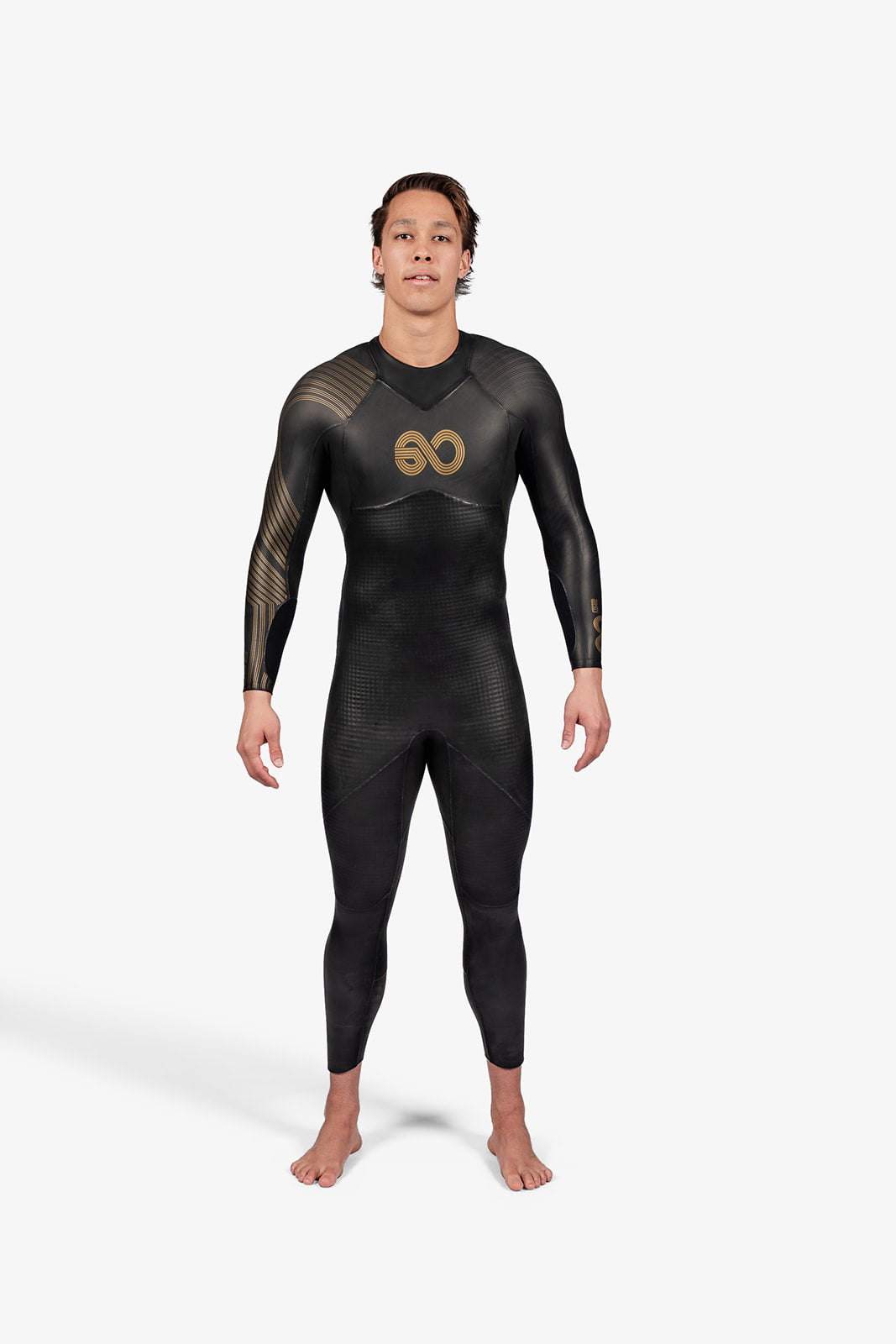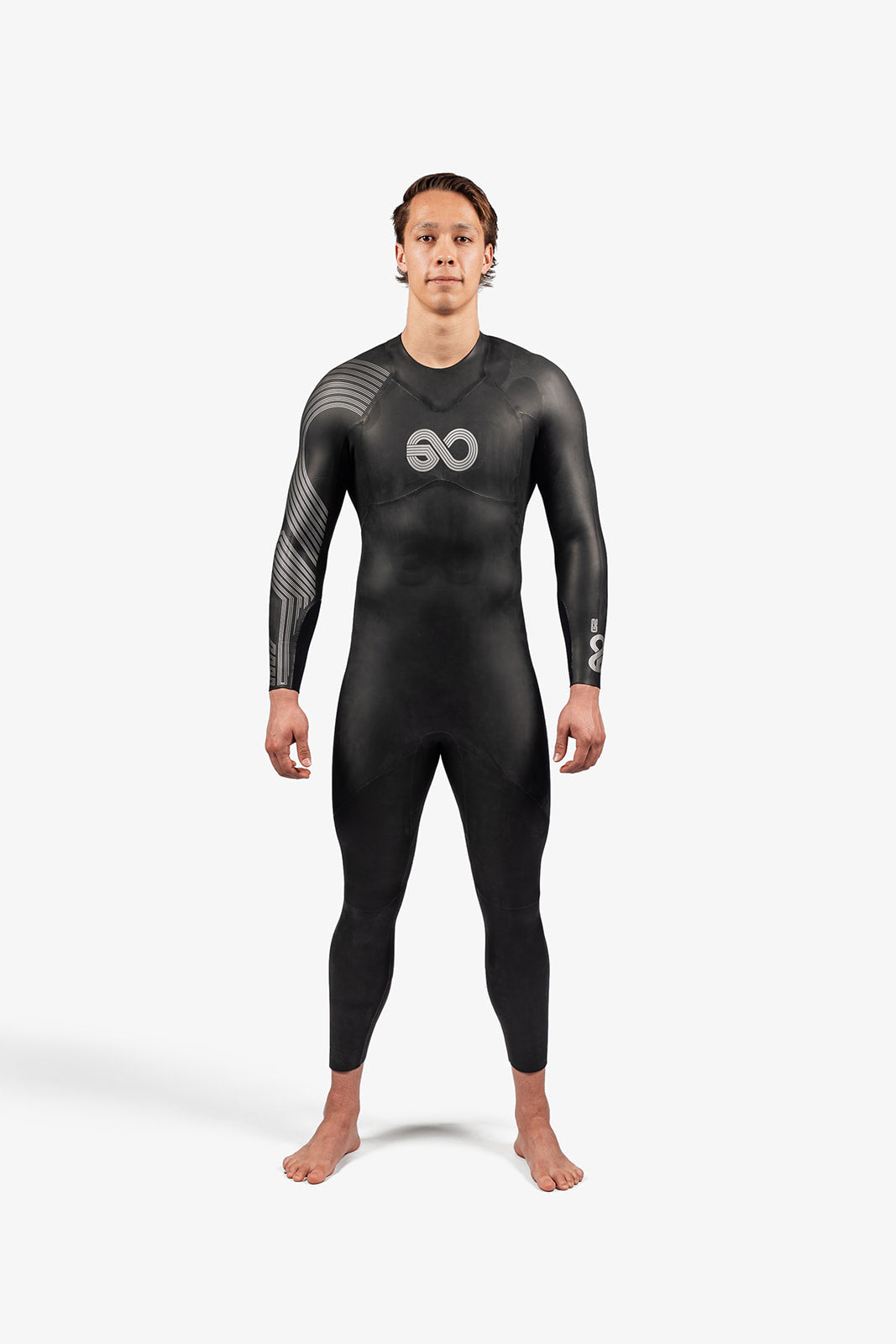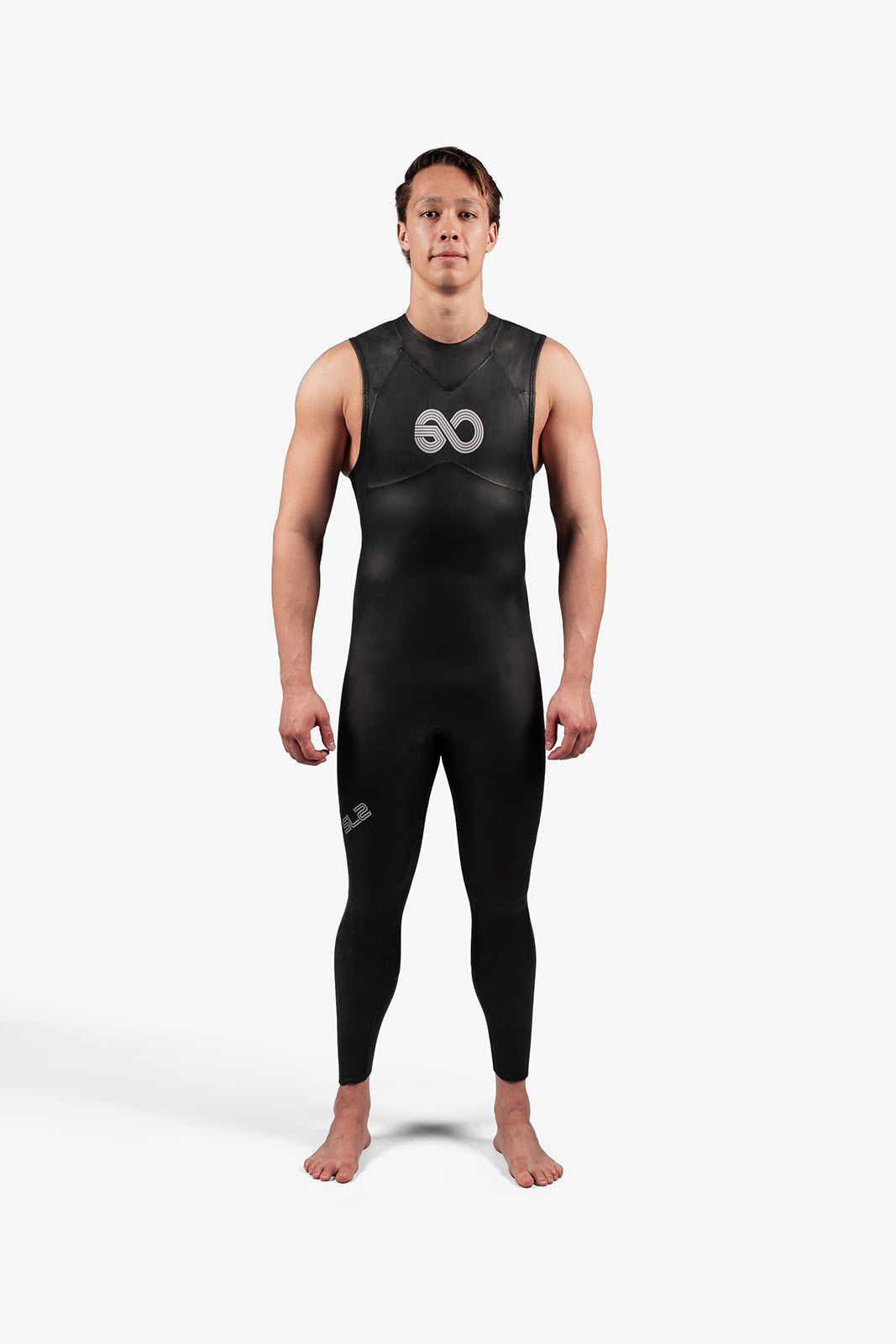The Pier to Pub is an ocean swim from the Lorne pier to Lorne beach. It is located on the Victorian Surf Coast along the Great Ocean Road and is a must for any open water enthusiast. The race is 1.2km in length and takes place on the second weekend of January each year. The swim attracts 5,000 swimmers across a wide range of age groups and abilities, and serves as the major yearly fundraiser for the Lorne Surf Life Saving Club.
Growing up on the Victorian Surf Coast, the Pier to Pub was an event that I always dreamt of winning. I was lucky enough to be able to secure my first victory at age 18, but soon came to realise that there is more to the event than winning. It is more about getting an opportunity to enjoy Lorne with friends and family at the height of summer.
I have completed the Pier to Pub 13 times and have been fortunate enough to win it 7 times. Subsequently, I have been able to develop the perfect race strategy that helped me almost become the first swimmer to break 10 minutes in the race (10:02 in 2016).
Every swimmer competing in the race has different goals. For swimmers attempting their first Pier to Pub, they may just want to finish the race without any troubles. Others may want to set personal bests, and others may want to beat a friend or family member to claim bragging rights.
Swimming the Pier to Pub for the first time
It can be a daunting experience for anyone attempting their first Pier to Pub, be it as a junior or a senior. This comes as no surprise due to the sheer size of the event, with crowds of over 20,000 gathering on the beach and about 200 swimmers per wave.
If you have never been to Lorne, I would recommend coming down on the Friday or early on Saturday morning so that you can relax prior to the race.
To get an idea of what to expect, there are plenty of race highlights from the elite superfish wave on YouTube that get uploaded each year. However, it is important to note that the superfish race has a limited field, and thus will not be a great representation of what to expect when it comes to the larger pack sizes of the age group categories.
Start
If your only goals are to enjoy the swim and cross the finish line, I would recommend positioning yourself away from the main pack on the start line. This will allow you to avoid getting trampled and getting into scuffles which are only going to cost you energy. If you find yourself copping a beating time after time, I would say that the solution is to pick your battles. I have found that open water swimming is a friendly sport ninety percent of the time, since everyone wants to get to the finish line first, but fighting will only slow you down.
Middle
If you stayed clear of the pack at the start, you may find that it gets crowded as everyone starts to come back together around the 400-600m mark. Ideally, you would be prepared for this situation by having someone to follow, or alternatively, moving slightly wider than the string of buoys. Shortly after you hit the 800m mark, you will need to make a left to head towards the beach. The final marker buoys may not be so easy to spot, in which case you can line yourself up with the finish by aiming for the big “V” in the hills behind the surf club.
Finish
You will find yourself in the surf once you have rounded the final turning buoys, meaning there’s waves to catch. If you are worried about the waves, you can just swim normally and have the waves wash over you. The waves will push you in towards the beach, where you will be able to stand and run across the finish line of what has hopefully been an enjoyable first Pier to Pub experience.
Swimming the Pier to Pub to win, improve your time or beat your family and friends
Over the years that I was victorious in the Lorne Pier to Pub, I used a simple race plan that goes as follows:
Start line
Many swimmers know that most of the time it is fastest to start 2/3 along the start line string. The reason it can be beneficial to start out wider is because the rolling waves from around the point will push swimmers into the beach. However, since this is widely known amongst swimmers it may be quite crowded. If you feel cramped on the start line, try doing a wide scull with your hands, it may only give you a foot of room on either side, but it may be enough room for you to blast off with a clean start.
First 400m
The first 400m is always hectic, with a lot of swimmers starting at a pace they cannot hold for the entire race. Even though you may know you can beat these swimmers, they can still get in your way and slow you down. This may allow your tougher competitors to get a lead on you early that you might not be able to recover from. This is why you will have to swim at maximum effort for the first 100m to ensure that you don’t get caught behind and stuck in the washing machine.
I did not have the fastest start in my early days of racing the Pier to Pub, which forced me to work harder during the middle and back end of the race. In my later years however, I was able to start faster and have a more comfortable back end of the race, despite being less fit and not having as much training under my belt.
The pace will stay high for the first 400m, after which some swimmers who got excited and went out too fast will start to fade. At this point, the contenders in your wave – who may have started at different points on the start line – will start to converge.
Middle
At the 400m mark the pace will decrease slightly, it is at this point that you should seek someone’s feet or hips so that you can ride their wash. If you are unable to draft off someone you may find it difficult to keep pace with the leaders. Also, drafting helps you save energy for the final 400m, whilst allowing yourself to recover from the fast start.
Finish
Once you hit the 800m mark you will have to start thinking about the finish. Is it still a tight pack or has it started to thin? Are there waves rolling in or is it dead flat? Is the tide in or out?
Catching waves – much like underwater fly kicks in the pool – is a skill, and learning how to catch waves of different sizes takes time and experience. For newcomers, I would recommend swimming between the red and yellow flags at your local surf beach and practice jumping onto them. Over the years, I have been able to use my surf skills to win races by catching both broken waves and white water. Check out the superfish race videos on YouTube from 2015, 2016 and 2017 where I was either able to win or break the record by catching a wave. Catching a wave at the end of the race can make all the difference.
It is also important to correctly time when you decide to stand and run. Stand up too soon, and you lose valuable time, leave it too late and someone may run past you. My trick is to judge the depth of the water by looking at how far the water comes up on the legs and hips of spectators who have waded into the water. If you arrive in Lorne early, it will also help to check the finish line at a similar tide and/or time of day to check for any potholes that may trip you as you run towards the finish.
As mentioned previously, if you would like to improve your specific race strategy, I recommend watching some of the Superfish race videos from past years on YouTube.



